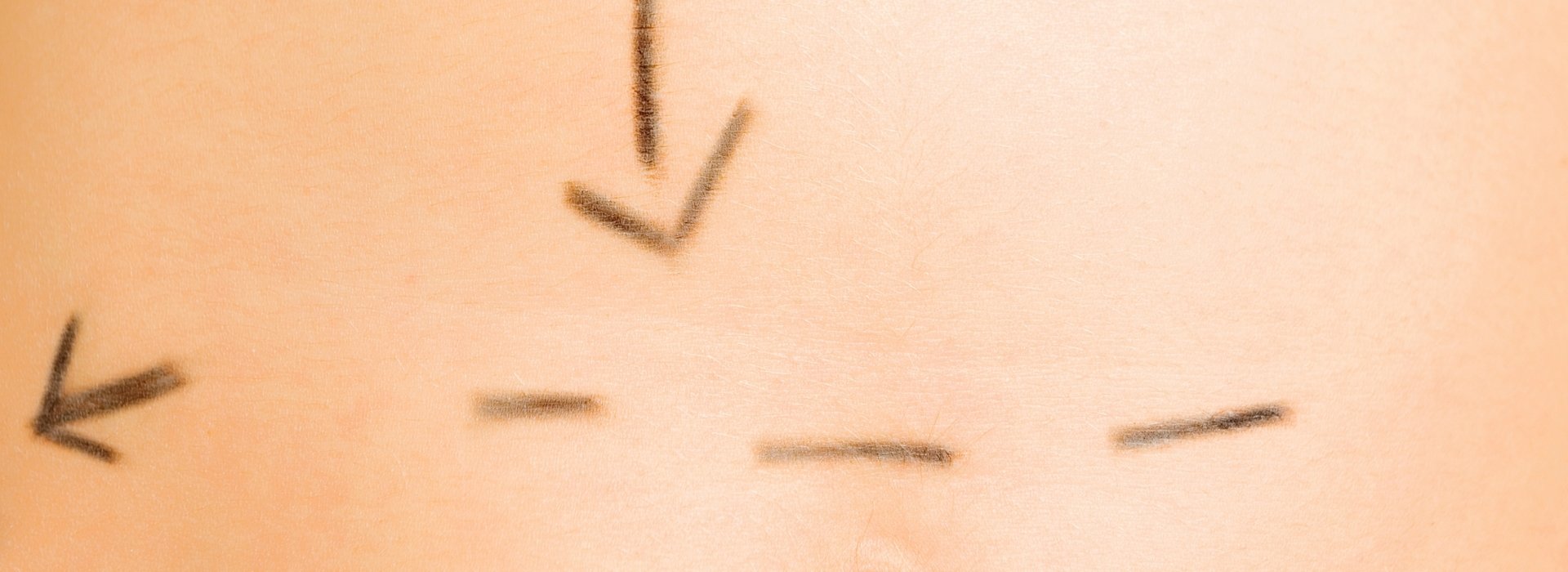

Almost every person can experience different skin mutations, which can be of various kinds: colored or colorless, prominent or oscular, and can also differ in size and form. In most cases the patients turn to surgeons for esthetic reasons, they wish to get rid of standing out wart, birth mark, or scarring, bleeding mutations need a correction.
In cases of birth marks, warts, skin addendum removal, the surgeons do the following: after they have examined the allocation of the skin structure, they get information from the patient about the time of the appearance, size and color changes, and about possible agitation effects. In the first place the prominent, open to irritation, color mutated or growing skin structures are removed. The warts, birth marks and skin addendums are removed in every case with intact tissues, and after that they are sent for tissue examination.
During the operation the incision is correlated to the size and location of the abnormality, the direction of which is always in the interests of the best scar healing, according to the skin folds. The scars heal very fast after the operation on the neck, face and hands area, while on the arms, legs and back because of movements the healing lasts longer. After the surgery the incisions are closed with plastic stitches. The chance of inflammation after the surgery is very low.
If the scarring is not optimal, then the plastic surgeons may apply a scar correction later. The healing after the surgery varies from person to person, next to the post-treatments the surrounding impacts are very important, but genetic characteristics also play an important role. If after the casualties and surgery treatments the scarring is not ideal, then in most cases hypertrophic, rarely keloid irregular scarring may occur. In case of hypertrophic scarring it is formed by enlargement and overgrowth of cicatricial tissue, while keloid scarring is excessive connective tissue response to skin injury characterized by firm red or pink plaques extending beyond the area of the original wound.
The doctors at first use external treatment, with special creams they try to ameliorate on the situation, the earliest time the operation can be done is half or one year later. In case of hypertrophic scarring the former scar is excised, and the scar is closed up. This procedure differs from the previous surgery, in this case only the scar is treated, thus there is a high chance of perfect healing. In case of keloid scarring surgery is rare, because after the excision there is a high chance that the patient will experience keloid scarring again, and the scar will be bigger than the original. If the correction can not be avoided, then the surgery is followed by special x-ray irradiation. On keloid areas the injection treatment can be used also, when steroids are squirted into the scar, and it can be repeated several times depending on the amelioration of the scar. From the effect of the treatment the keloid softens, gets white and it will be almost on the same level with skin. During the injection treatment the surgeon needs to pay attention closely so that the right amount of steroids are squirted into the scar, since if the substance will get into the surrounding cells then those may become saggy.